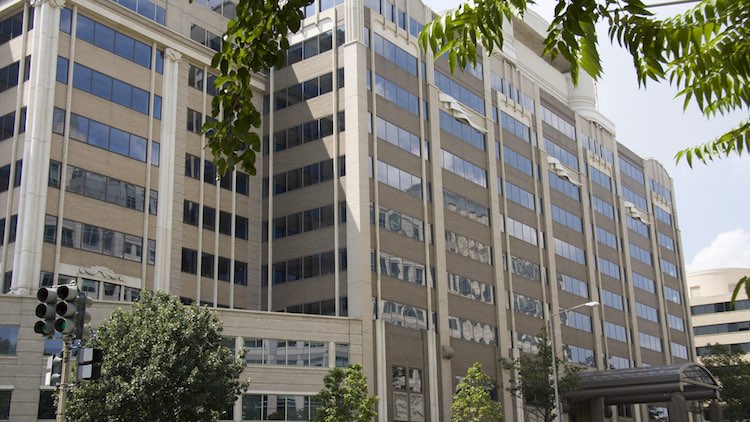FCC Forecasts More Spectrum for 5G

It doesn't take a weatherman to tell which way the spectrum winds are blowing at the FCC.
The commission has voted to propose opening up even more spectrum for 5G, allowing sharing of spectrum now used for weather forecasting by the National Oceanic and Atmospheric Administration.
That came in a unanimous decision to take the first step toward reallocating spectrum for shared use between those federal users and non-federal flexible-use wireless.
The Notice of Proposed Rulemaking (NPRM) approved at Thursday's (May 10) FCC open meeting proposes to reallocate that spectrum (1675-1680 MHz) on a co-primary basis, meaning both weather forecasting and wireless will have equal stature. The band can be used for terrestrial fixed and mobile (except aeronautical mobile) on a shared basis, with appropriate technical rules to protect each.
The FCC is also seeking comment on other ways the NOAA weather data can be delivered to those now receiving it via earth stations using the 1675-1680 MHz band.
"Wireless broadband is a critical component of economic growth, job creation, public safety, and global competitiveness, and the demand for spectrum continues to increase," the FCC said. "As shown by today’s action, the Commission is continuing to work to identify and make available additional spectrum to meet the growing demand."
“Today, the FCC joined together to take an important step to free up vital mid-band spectrum and help secure American digital superiority in 5G," said Doug Smith, CEO of Ligado Networks, which had sought the move as part of its mid-band 5G strategy, which will require 40 MHz of spectrum. "Under chairman Pai’s leadership, this FCC is working hard to identify opportunities to make mid-band spectrum available, and the NPRM on 1675–1680 MHz will help deliver on the promise of developing and deploying 5G in the U.S. as soon as possible. We applaud the Commissioners’ commitment to make our nation first in next-generation technologies through a free market approach that encourages private sector investment and innovation."
The smarter way to stay on top of broadcasting and cable industry. Sign up below
“The FCC’s action today proposing to reallocate the 1675–1680 MHz band for shared federal and non-federal commercial use is another positive step in the effort to make available more mid-band spectrum for private sector use," said Free State Foundation president Randolph May. "It should not go unremarked that the FCC’s action today is an important ‘infrastructure’ measure — just as much as a federal grant to build a highway or road — because the availability of spectrum, especially mid-band spectrum, is necessary to support the investment in transmitters, small antennas, tower structures, terrestrial links, and so forth that will comprise the guts of 5G network infrastructure."
Public Knowledge also praised the move.
"Consumer demand for wireless services continues to grow, and spectrum that can easily be cleared and used for mobile use has been exhausted," said PK senior policy counsel Phillip Berenbroick. "Today’s proposal to permit sharing of the 1675-1680 MHz band correctly recognizes the need to more efficiently use scarce spectrum resources to meet this consumer demand, while also ensuring federal users can accomplish their missions. Public Knowledge supports the NPRM and looks forward to weighing in on the details of the 1675-1680 MHz band plan."
Contributing editor John Eggerton has been an editor and/or writer on media regulation, legislation and policy for over four decades, including covering the FCC, FTC, Congress, the major media trade associations, and the federal courts. In addition to Multichannel News and Broadcasting + Cable, his work has appeared in Radio World, TV Technology, TV Fax, This Week in Consumer Electronics, Variety and the Encyclopedia Britannica.

